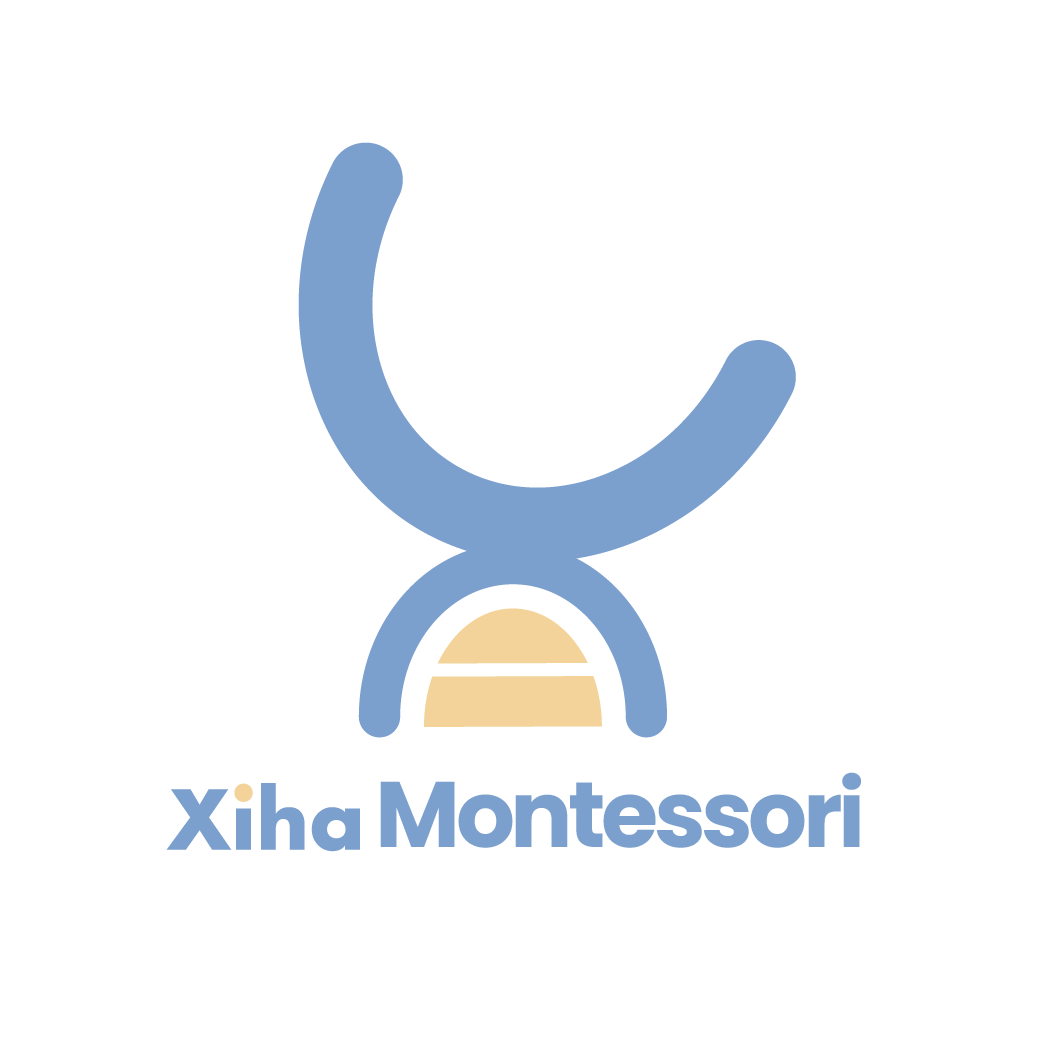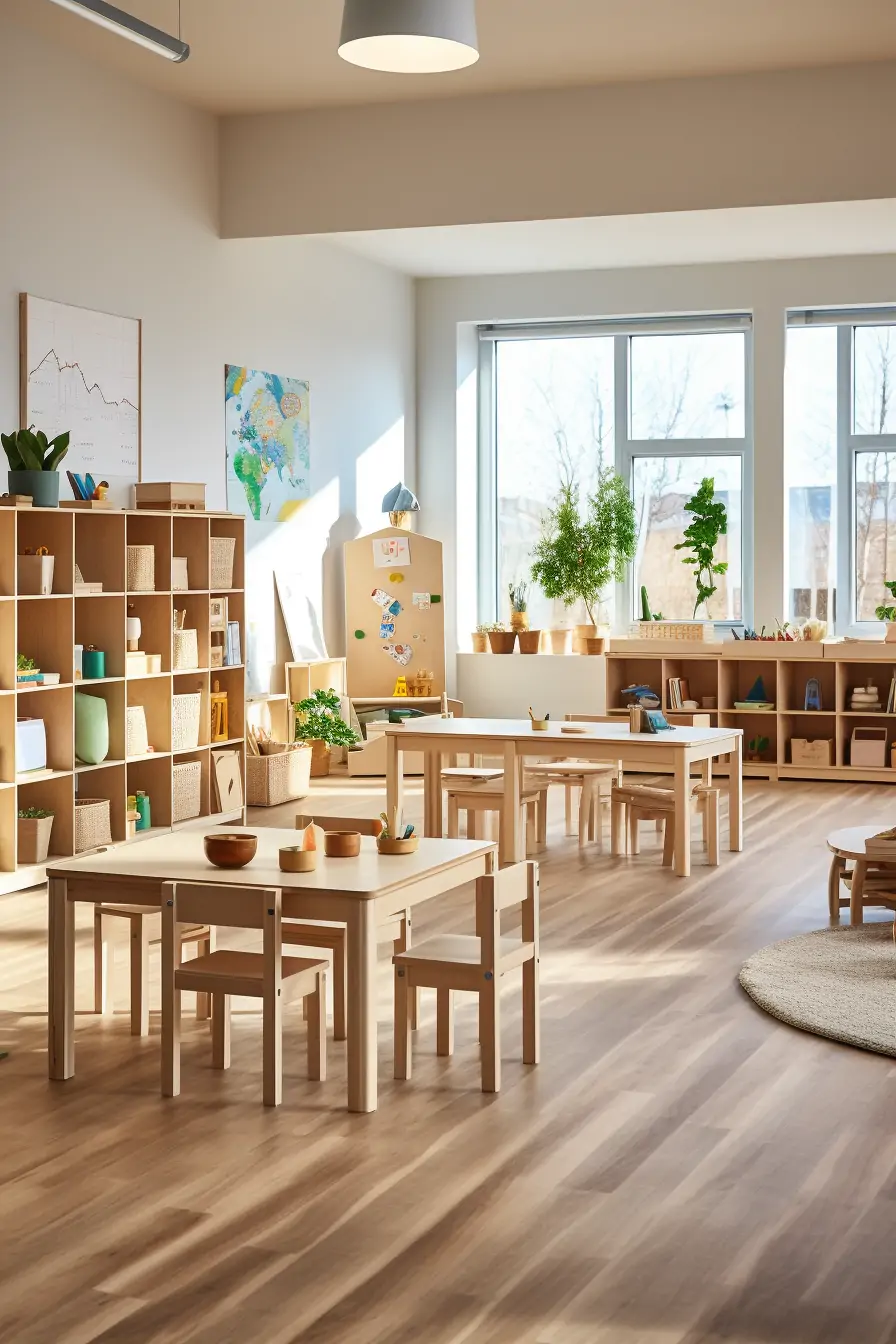Kindergarten furniture is an indispensable part of the kindergarten’s hardware facilities, mainly including bookshelves, baby beds, water cup cabinets, shoe cabinets, clothes cabinets, toy cabinets, and so on. Because wood is environmentally friendly and natural, most kindergarten furniture is made of wood. So, which kind of wood is better for kindergarten furniture?
Generally speaking, the wood suitable for the manufacture of kindergarten furniture mainly includes solid wood, density board, double-sided fireproof board, PVC board, etc. These woods have their advantages and disadvantages. You can choose the raw materials according to the actual situation and needs. Here is a brief introduction to the central woods used to manufacture kindergarten furniture and their advantages and disadvantages.
Solid wood is natural wood without any processing. The solid wood used in kindergarten furniture includes Pinus sylvestris, beech, and oak.
The kindergarten furniture made of solid wood has the characteristics of naturalness, environmental protection, and health. It is a healthy fashion choice and meets the psychological needs of modern urbanites to advocate nature. The natural texture and changeable form reveal the beauty of nature and primitiveness. The kindergarten furniture made of solid wood can bring warm “woodiness” to the teaching environment and is highly respected in kindergartens. Products made of solid wood are solid, not easy to deform, and generally have more than ten years of service life.
The solid wood choices generally include beech, pine, maple birch, etc.
Beechwood is the most selected material for Montessori kindergartens. The quality of beech wood furniture is relatively heavy, the wood is firmer, and the impact resistance is better. The furniture production can keep the furniture well, use it for a long time, and is not easy to deform. The texture of beech wood is beautiful, the texture is relatively uniform, the color is soft and smooth, and the appearance of the furniture is more beautiful. The structure of beech wood has fewer knots and is easy to polish in making furniture. However, the relatively high price of beech wood furniture is suitable for high-end gardens.
You can choose pine, generally Russian pine, and New Zealand radiata pine for slightly cheaper solid wood. Pinus sylvestris grows in cold regions with short sunshine, slow growth, sparse branches, fine annual rings, few knots, and low oiliness. The finished product is not easy to deform after cutting. The disadvantage of Pinus sylvestris is that it is easy to crack and change color. The price of radiata pine in New Zealand is higher than that of Pinus sylvestris. The advantages are durable, no oil, no discoloration, no cracking,
The maturity period of Russian pine is about twice as long as that of New Zealand pine. Therefore, compared with Mongolica pine, the two have a denser texture and fine grain; New Zealand pine has a shorter growth period, loose texture, and wide grain, which is easier to break. This is the difference in tree species. Which is better depends on the wood processing (such as the drying process and moisture content), the processing technology of the factory, the style, and so on.
A Density board also called a fiberboard, is an artificial board made of wood fiber or other plant fibers and applied with urea-formaldehyde resin or other suitable adhesives. The different densities are divided into high-density, medium-density, and low-density boards. MDF has the following advantages:
- The MDF is easy to finish and process. All kinds of coatings and paints can be evenly coated on the density board, and the surface of the board has good decorative properties, which is even better than the appearance of solid wood furniture.
- All kinds of wood veneer, adhesive paper film, veneer, light metal sheet, melamine board, and other materials can be glued on the surface of the density board.
- Good physical properties, uniform material, no dehydration problem.
- The surface of the density board is smooth and flat, the material is fine, the performance is stable, the edge is firm, and it is easy to shape, avoiding the problems of decay, moth-eaten, and so on.
- The disadvantage of MDF is that it is not moisture-proof and will swell when exposed to water. Therefore, when using MDF to make kindergarten furniture, you should pay attention to painting on all sides instead of deforming. In addition, because the dense fibers are very broken, the nail holding force of MDF is much worse than that of solid wood and particleboard.
Plywood is a three-layer or multi-layer plate-like material made of wood pieces peeled into veneer or sliced into thin wood and then glued with adhesive; plywood is divided into four categories according to its bonding strength: one is resistant to Weather and boiling water-resistant plywood. This type of plywood is durable, resistant to boiling or steam treatment, and can be used outdoors; the second type of plywood is water-resistant plywood, which can be immersed in cold water and short-term hot water; the third type of plywood is moisture-resistant plywood, which can be short in cold water Time immersion, suitable for indoor use at room temperature. Used for furniture and general construction purposes, the four types of plywood are non-moisture-resistant plywood used indoors under normal conditions. The general-purpose plywood materials include beech, basswood, ash, birch, elm, poplar, etc.
Plywood is mainly used for house construction, interior wall decoration, door panels, etc. It has the characteristics of light weight and good flexibility on the outer surface of the shape, such as arc-shaped places; MDF is mainly used for furniture manufacturing, building materials, vehicle, ship manufacturing, packaging materials, and other fields. The surface of plywood is not as smooth and flat as the surface of MDF; compared with MDF, the material moisture content of plywood is more stable, and compared with MDF, plywood has better moisture resistance, and nail-holding plywood is more robust than MDF.



